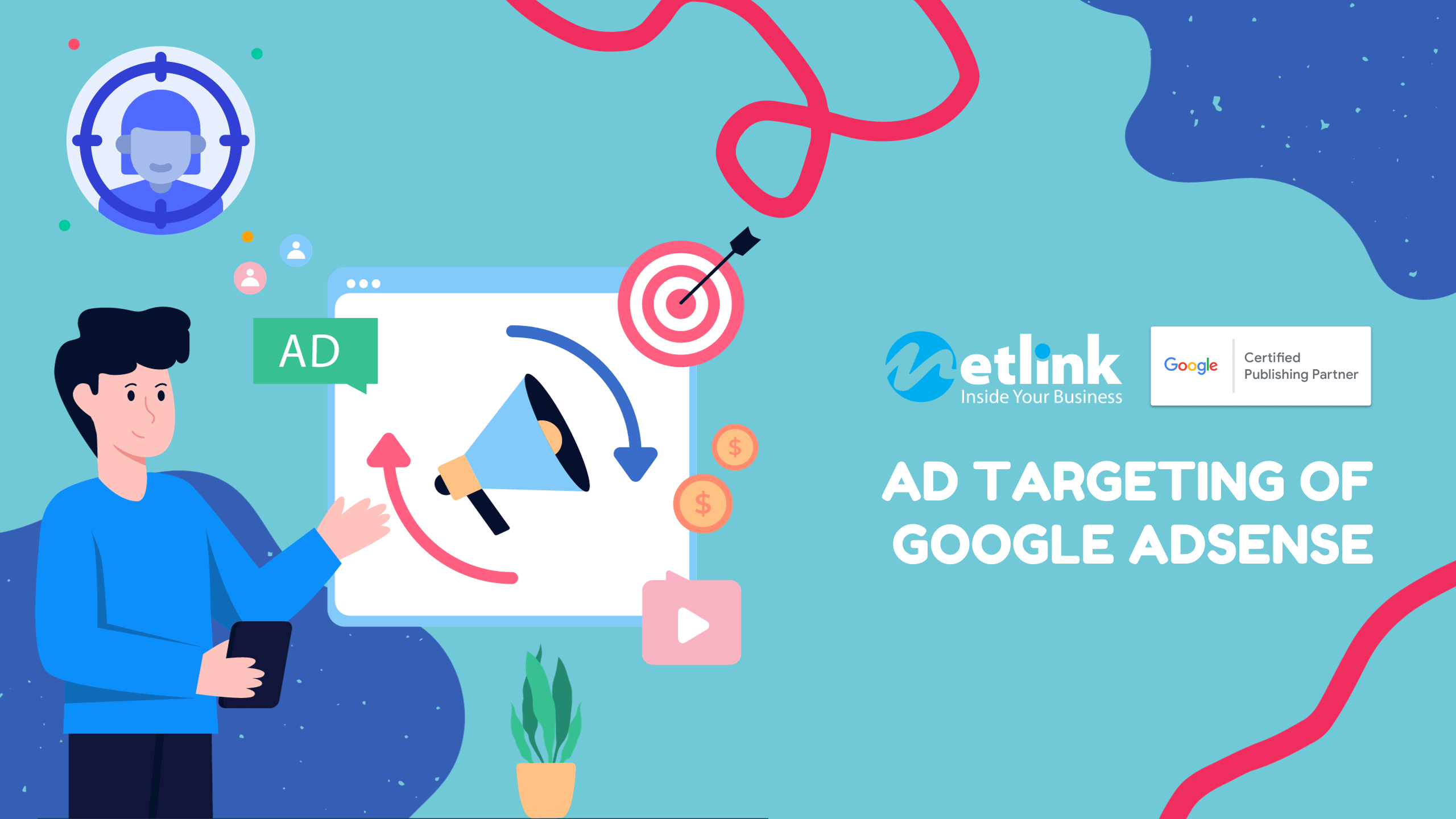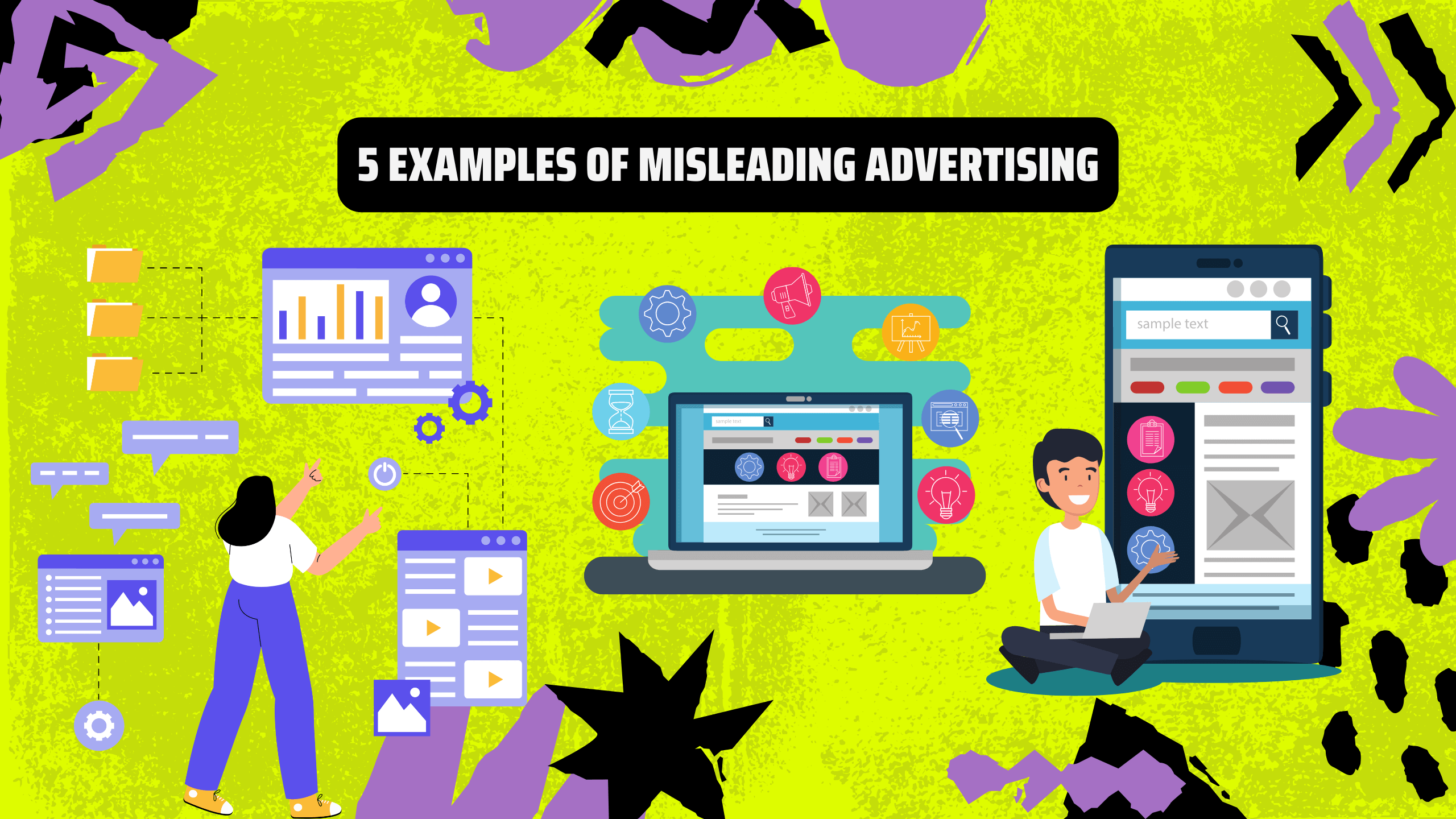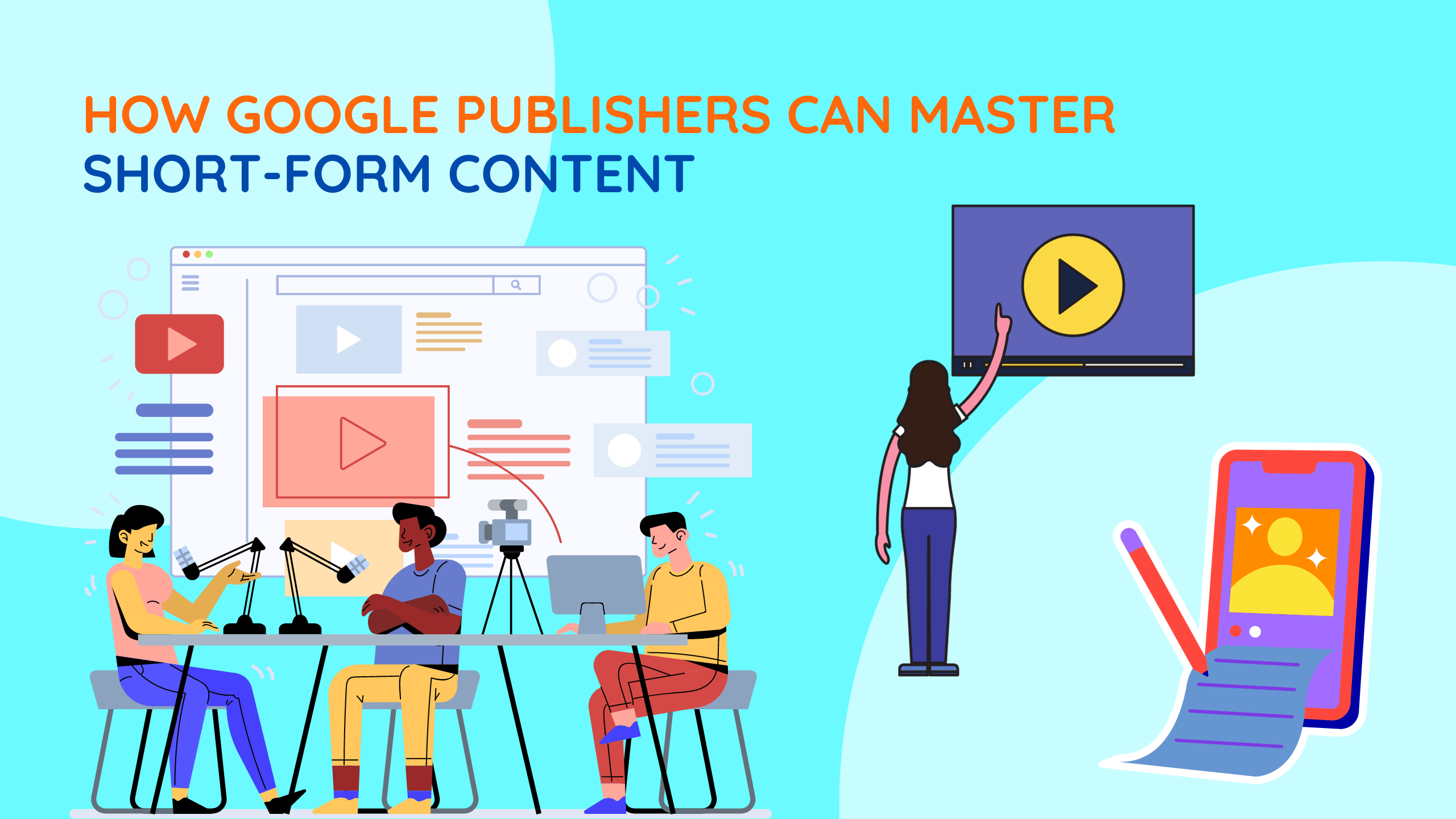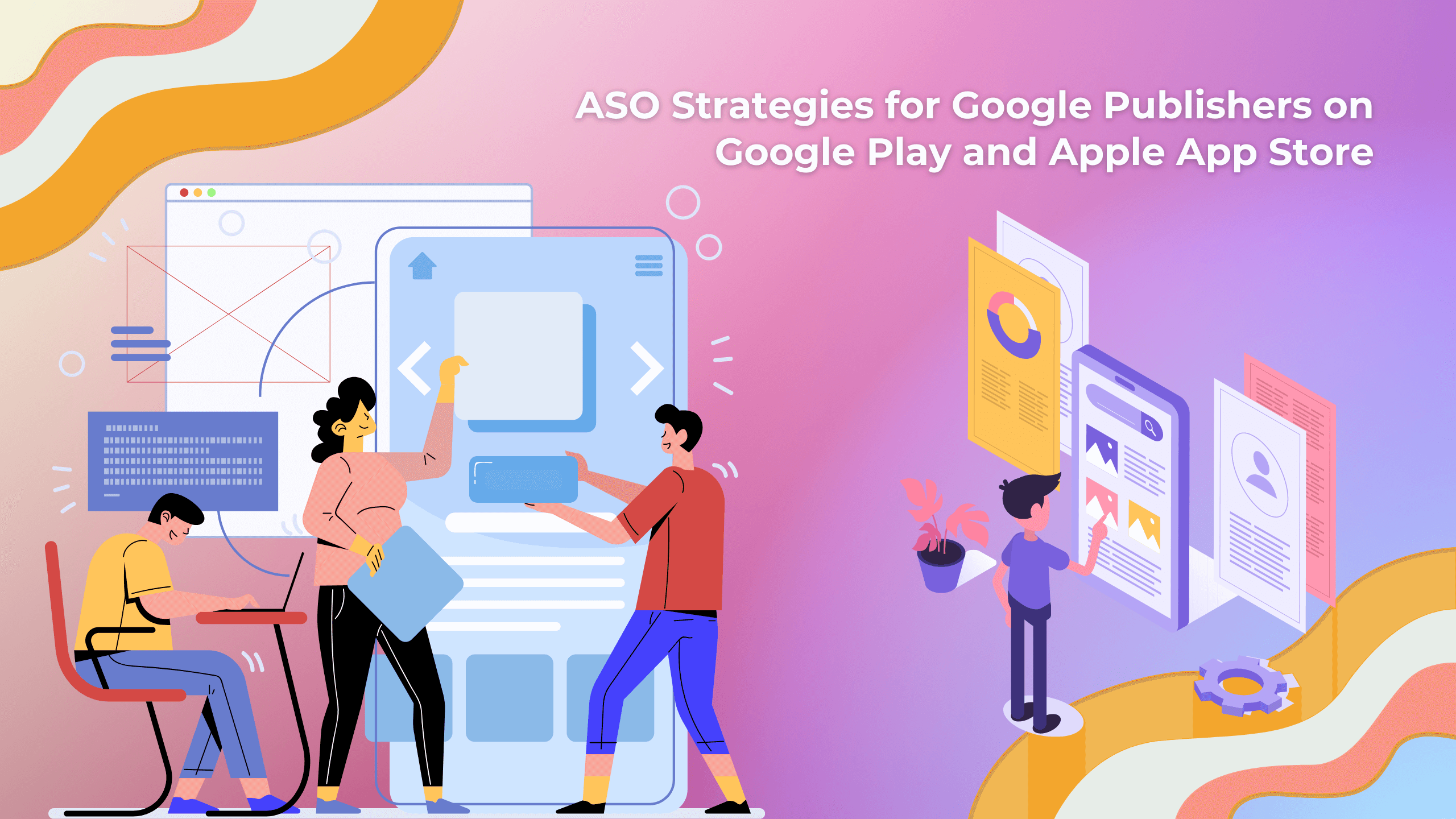Google Publishers seeking to maximize their ad revenue must harness the full potential of ad targeting. In this comprehensive guide, we’ll delve into the world of ad targeting with Google AdSense, providing valuable insights, strategies, and best practices to empower publishers on their journey to success.
1. Understanding Ad Targeting
Ad targeting is the strategic process of serving ads to specific audiences based on a range of criteria. It allows advertisers to reach their ideal consumers with tailored content, increasing the chances of engagement and conversions. For publishers, understanding ad targeting is crucial, as it influences the relevance and effectiveness of the ads displayed on their websites or platforms.
2. Types of Ad Targeting
Google AdSense offers several powerful ad targeting options that empower publishers to optimize their ad placements:
Contextual Targeting: This method serves ads based on the content of the web page. Google’s algorithms analyze the text, keywords, and themes of a page to display relevant ads. Publishers can benefit from higher click-through rates (CTR) and better user experiences.
Behavioral Targeting: Behavioral targeting focuses on user behavior and interests. It tracks a user’s online activities, such as websites visited and search queries, to deliver ads aligned with their preferences. This increases the likelihood of user engagement and conversions.

Demographic Targeting: This approach segments users based on demographics like age, gender, location, and language. Publishers can display ads tailored to specific demographic groups, enhancing the overall user experience and ad performance.
Placement Targeting: With placement targeting, publishers can choose where to display specific ads. They can identify high-performing ad slots on their websites and allocate premium inventory to advertisers willing to pay more for those placements.
Remarketing: Remarketing, also known as retargeting, targets users who have previously interacted with a website or app. It presents tailored ads to users who have shown interest but haven’t completed desired actions like making a purchase.
3. Why Ad Targeting Matters
Ad targeting plays a pivotal role in the success of Google Publishers for several reasons:
Enhanced Relevance: Targeted ads are more relevant to users, increasing the likelihood of engagement, clicks, and conversions. This leads to higher revenue for publishers.
Improved User Experience: By displaying ads that align with users’ interests and behaviors, publishers can create a more positive user experience. This can lead to longer user sessions and higher retention rates.
Competitive Advantage: Effective ad targeting helps publishers stand out in a crowded online advertising landscape. Advertisers are more likely to invest in platforms that offer precise targeting options, benefiting publishers in the long run.
Increased Revenue: When ads are more relevant to users, they are more likely to be clicked on, resulting in higher revenue through cost-per-click (CPC) or cost-per-impression (CPM) models.

4. Best Practices for Ad Targeting
To optimize ad targeting with Google AdSense, publishers should follow these best practices:
Understand Your Audience:
Know your audience’s demographics, interests, and behaviors. Use this information to choose the most effective targeting methods.
Experiment and Test:
Don’t be afraid to experiment with different targeting options. A/B testing can help identify which strategies yield the best results.
Monitor Performance:
Regularly analyze your ad performance data. Identify trends, spot areas for improvement, and make necessary adjustments to your targeting strategies.
Stay Compliant:
Ensure compliance with privacy regulations, such as GDPR and CCPA, when collecting and using user data for targeting.
Offer Quality Content:
High-quality, engaging content attracts a relevant audience, making it easier to target effectively.
Conclusion
Targeting your ads is a cornerstone of success for Google Publishers using AdSense. By understanding the various targeting options, implementing best practices, and staying attuned to audience preferences, publishers can unlock the full revenue potential of their digital platforms. As the digital advertising landscape continues to evolve, mastering ad targeting will remain a key factor in achieving sustainable growth and profitability.











